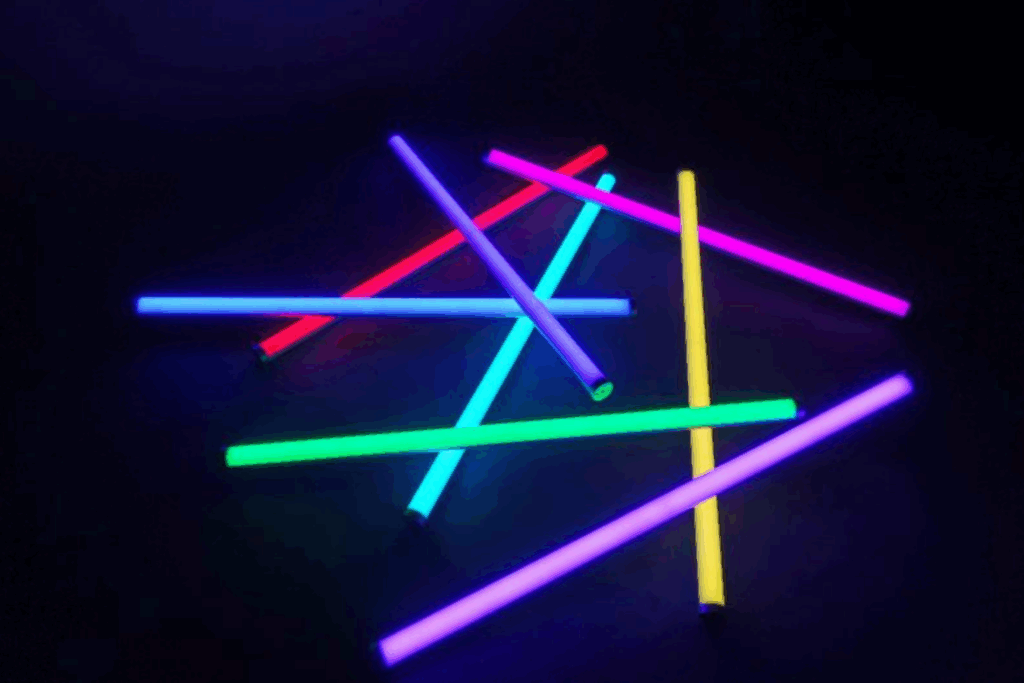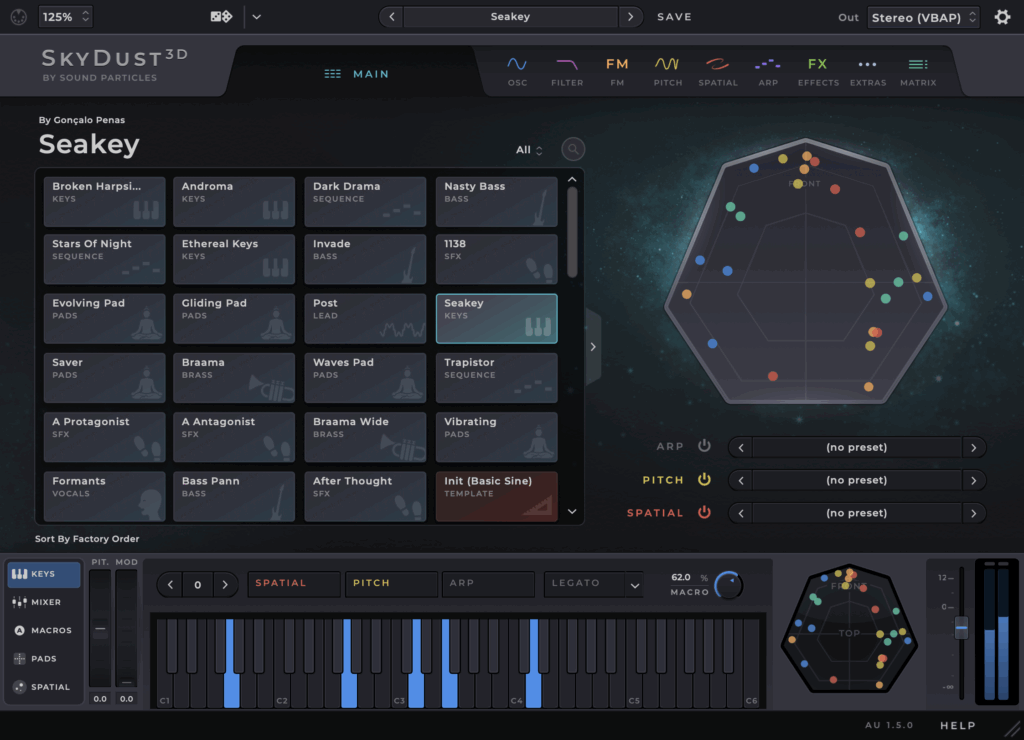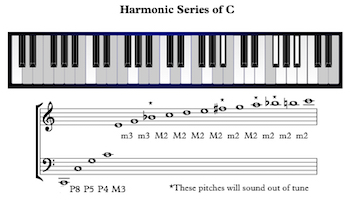Cycle 2 | Mysterious Melodies
Posted: April 20, 2025 Filed under: Uncategorized Leave a comment »For my cycle 2 project, I wanted to expand upon my original idea and add a few resources based on the evaluation I received from the initial performance. I wanted to lean away from the piano-ness of my original design and instead abstract the experience into a soundscape that was a bit more mysterious. I also wanted to create an environment that was less visually overwhelming and played more with the sense of light in space. I have long been an admirer of the work of James Turrell, an installation artist that uses light, color and space as his main medium. Since my background is primarily in lighting and lighting design, I decided to remove all of the video and projection elements and focus only on light and sound.
ACCAD and the Motion Lab recently acquired a case of Astera Titan Tubes. They are battery powered LED tubes that resemble the classic fluorescent tube, but have full color capabilities and the ability to be separated into 16 “pixels” each. They also have the ability to receive wireless data from a lighting console and be controlled and manipulated in real time. I started by trying to figure out an arrangement that made sense with the eight tubes that I had available to me. I thought about making a box with the tubes at the corners, I also thought about arranging them in a circular formation. I decided against the circular arrangement because, arranged end to end, the 8 tubes would have made an octagon, and spread out, they were a bit linear and created more of a “border”. Instead, I arranged them into 8 “rays”. Lines that all originated from the center and fanned out from a central point. This arrangement felt a bit more inviting, however it did create distinct “zones” in-between the various sections. The tubes also have stands that allow them to be placed vertically. I considered this as well, but I ended up just setting them flat on the ground.

In order to program the lights, I opted to go directly from the lighting console. This was the most straightforward approach, since they were already patched and working with the ETC ion in the Motion Lab. I started by putting them into a solid color that would be the “walk in” state. I wanted to animate the pixels inside the tubes and started by experimenting with the lighting console’s built in effects engine. I have used this console many times before, but I have found the effects to be a bit lacking on usability and struggled to manipulate the parameters to get the look I was going for. I was able to get a rainbow chase and a pixel “static” look. This was okay, but I knew I wanted something a bit more robust. I decided to revisit the pixel mapping and virtual media server functions that are built into the console. These capabilities allow the programmer to create looks that are similar to traditional effects, but also create looks that would otherwise be incredibly time consuming if not completely impossible using the traditional methods. It took me a bit to remember how these functions worked since I have not experimented with them since my time working on “The Curious Incident of the Dog in the Night”, programming the lighting on the set that had pixel tape integrated into a scenic grid. I finally got the pixel mapping to work, but ran out of time before I could fully implement the link to triggers already being used in Touch Designer. I manually operated the lighting for this cycle, and intend to focus more on this in the next cycle.

For the audio portion, I decided to use “Skydust” a spatial synthesizer that Professor Jean-Yves Munch recommended. This allowed me to use the same basic midi integration as the last cycle, but expand the various notes into spatial sound without the need for an extra program to take care of the panning. Similar to the last cycle, I spent a lot of time listening to the various presets and the wide variety of sounds and experiences they produced. Everything from soft and southing to harsh and scary. I ended up going with the softer side and finding a preset called “waves pad” which produced something a bit ethereal but not too “far out”. I also decided to change up the notes a bit. Instead of using the basic C chord, I decided to use the harmonic series. I had a brief discussion with Professor Marc Ainger and this was recommended as a possible arrangement that went beyond the traditional chord structure.

For the patch, I kept the same overall structure but moved the trigger boxes around into a more circular shape to fill the space. Additionally, I discovered that I could replace the box with other shapes. Since the overall range of the depth sensor is a circle, I decided to try out the “tube” or cylinder shape in touch designer. When adding boxes and shapes into the detector, I also noticed that there is a limit of 8 shapes per detector. This helped a bit to keep things simplified and I ended up with 2 detectors, one that had boxes in a circular formation, and another with tubes of various sizes, one that was low and covered the entire area, with another that was only activated in the center, and a third tube that was only triggered if your reached up in the center of the space.

The showing of this project was very informative since only one other person had experienced the installation previously. I decided to pull the black scrim in front of the white screen in motion lab to darken the light reflections, while also allowing the spatial sound to pass through. I also pulled a few black curtains in front of the control booth to hide the screens and lights inside. I was pleasantly surprised by how long people wanted to explore the installation. There was a definite sense of people wanting to solve or decode a mystery or riddle, even though there was no real secret. The upper center trigger was the one thing I hoped people would discover and they eventually found it (possibly because I had shown some people before). For my next cycle I plan to continue with this basic idea but flesh out the lighting and sonic components a bit more. I would like to trigger the lighting directly from touch designer. I am still searching for the appropriate sound scape and am debating between using pre recorded samples to form a song or continuing with the midi notes and instruments. Maybe a combination of both?